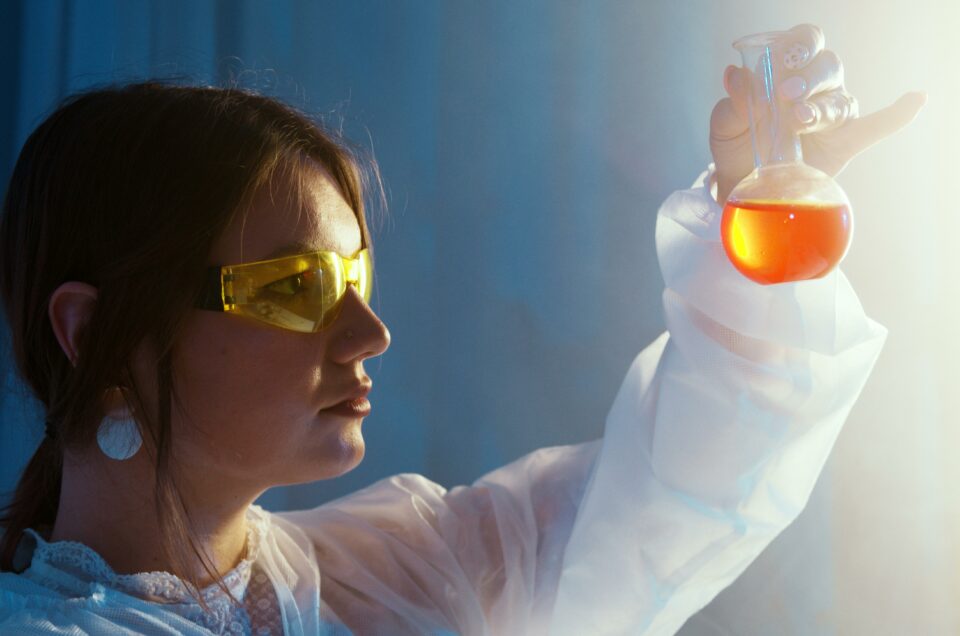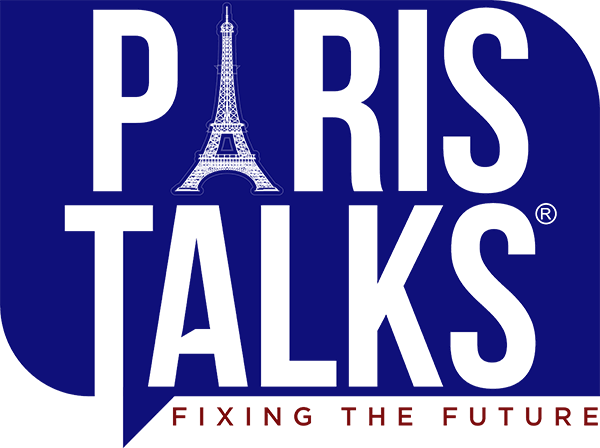A Century of Science Engagement: Past, Present, and Future

Hop aboard our glorified DeLorean as we zigzag through a century of humans poking, prodding, and occasionally setting fire to the laws of nature. We’re time-traveling from jaw-dropping World’s Fair spectacles to that AR app that turns your living room into a dinosaur mosh pit. Buckle up, buttercup – we’re about to see how science went from snoozefest to rock star faster than you can say “TikTok challenge.” Ready to gawk at yesterday’s flying cars and tomorrow’s teleporting toasters? Let’s roll!
1. The Great Exhibition (1851) – The Grand Unveiling
Back in 1851, London’s Crystal Palace wasn’t just any building; it was like a giant display case for the world’s latest inventions. People flocked to see things like steam engines and telegraph machines, which were the high-tech gadgets of their time, turning science into a public spectacle.
Fast forward to now, and we can revisit these moments through virtual tours, opening up this history to everyone, not just the rich or educated. Looking ahead, imagine stepping into virtual reality to explore these inventions, making learning about science as exciting as a video game.
2. The World’s Fairs (1851-1939) – Science as a Spectacle
These fairs turned science into a show, with electricity, automobiles, and more, captivating the public’s imagination. Modern science festivals continue this tradition, but with a twist of technology, like live demonstrations of AI or quantum computing. In the future, festivals might integrate real-time data from space missions or live experiments, keeping the public engaged with ongoing scientific advancements.
3. The Science Museum in London (1857) – From Elite to Everyone
Initially for a small elite, the Science Museum opened up to the public, democratizing science education. Today, museums such as the Louvre host interactive exhibits, sometimes aligning with the goals of improving STEM (Science, Technology, Engineering, and Mathematics) education at all levels. It’s pretty clear that, in the future, museums could evolve into hubs for citizen science, where public contributions to research become the norm.
4. The Festival of Britain: A Celebration of Science
In 1951, Britain threw a party called the Festival of Britain to celebrate bouncing back after the war, with a big emphasis on science. This event lifted spirits and got people excited about STEM. Today, festivals like this help reassure the public about science, especially during tough times like pandemics or climate change. In the future, these events might zero in on sustainability, teaching everyone how science can tackle the world’s big problems.
5. The First Sci-Fi Conventions: Where Fiction Meets Science
In the 1930s, science fiction conventions began, where stories of space travel and futuristic gadgets sparked curiosity about real science. Think of shows like “Star Trek” or “The Jetsons” that made concepts like space travel or robots seem cool and accessible.
Today, festivals use sci-fi to make science fun; for example, a festival might have a booth where you can “beam up” like in Star Trek to learn about physics. With AR/VR, imagine stepping into a virtual spaceship to understand how real astronauts navigate space, or experiencing a virtual lab where you can see how a DNA sequence is read, making complex science as exciting as a movie.
6. The Sputnik Launch: A Catalyst for Space Education
When Sputnik, the first artificial satellite, was launched by the Soviet Union in 1957, it wasn’t just a beep in the sky; it was a wake-up call for the United States, sparking what’s known as the Space Race. This event significantly boosted public interest in space science, leading to changes in education policy to focus more on science, technology, engineering, and math (STEM). The Space Race was a competition between the U.S. and the Soviet Union to achieve superior spaceflight capability, culminating in the moon landing by the U.S. in 1969.
STEM became the cornerstone for innovation and technological advancement.
Today, space festivals like SpaceFest or the Space Symposium continue this legacy by engaging the public with interactive exhibits, astronaut talks, and simulations of space missions.
They aim to foster a workforce that can compete globally in STEM fields. Space tourism, the idea of civilians traveling to space for leisure, is now becoming a reality with companies like SpaceX and Blue Origin leading the charge.
Moreover, public involvement in missions has leaped forward with initiatives like NASA’s Citizen Science projects, where ordinary people can contribute to real space research, from analyzing data to participating in virtual mission control scenarios. Imagine attending a space festival where booking a trip to orbit or guiding a rover on Mars is just part of the experience, directly involving the public in the wonders of space science.
7. The Internet’s Role in Science Engagement
The dawn of the internet in the 1990s and the advent of Web 2.0 in the 2000s revolutionized how we access and engage with science. Suddenly, scientific knowledge was at everyone’s fingertips, democratizing information like never before. This shift transformed public engagement, with online platforms like X (formerly Twitter) enabling real-time discussions on STEM topics. Looking ahead, AI could personalize learning, making science education as unique as our fingerprints, potentially skyrocketing STEM literacy.
8. The Future of Science Festivals: A Vision of Interactive Engagement
In the 21st century, science festivals have become more than mere showcases; they are interactive learning hubs.
For instance, take the USA Science & Engineering Festival, which since 2010 has transformed the way we approach STEM education, emphasizing hands-on experiences. These events are not just about passive learning; they’re about doing, touching, and experiencing science firsthand.
Looking forward, these festivals are poised to become even more pivotal. Imagine a future where science festivals are not just about showcasing technology or explaining scientific concepts but are actively integrated with global challenges like climate change. Here, attendees don’t just learn about sustainability; they engage with it. They might participate in real-time experiments on renewable energy, or collaborate on projects aimed at reducing carbon footprints.
This evolution will see science festivals as catalysts for public action, where education meets activism. They could feature live simulations of climate models, interactive booths where you can vote on environmental policies or even virtual reality experiences that transport you to the frontlines of climate change. By blending education with action, these festivals could mobilize a global movement, turning scientific understanding into tangible change.
Let’s conclude this!
Peering into our crystal ball (which is just a fancy paperweight), it seems science is going from stuffy labs to TikTok dances faster than you can say “quantum entanglement.”
Tomorrow’s Einstein might just be a meme lord with a knack for explaining string theory through cat videos. We’re entering an era where lab coats meet emoji-speak, and peer-reviewed papers compete with Instagram reels.
Who knows?
The next groundbreaking discovery could come from someone who thought they were just playing a complicated video game. In this brave new world of science engagement, we’re all mad scientists now – some of us just have better Wi-Fi.

